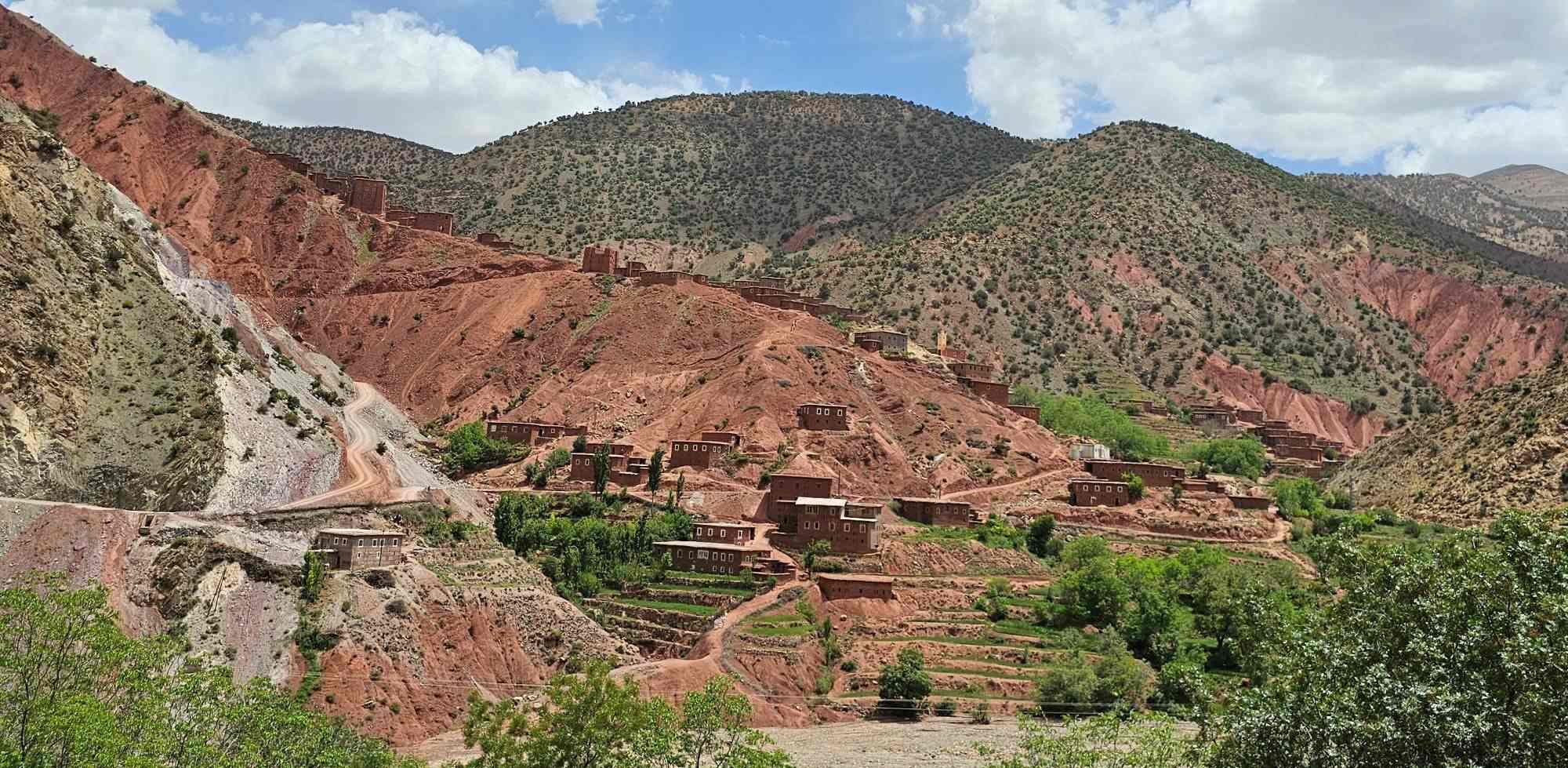This is one of those posts we write from the heart.
We have collected for you an essential bibliography dedicated to Moroccan rugs with a special focus on Oriental ones .
It is designed for those who already have them at home, or for those who are fascinated by them and dream of purchasing one, or simply for those who want to learn more about the extraordinary history of these unique artifacts. In this guide you will find texts ranging from history and symbols to Amazigh culture , up to practical guides for choosing and caring for a rug .
For each book, we provide the title and helpful links to find it, along with a brief description explaining why we think it's interesting and who might be best suited. This isn't an academic list, but a thoughtful selection: because for us, knowing what you're buying—and the value it holds—is an integral part of the pleasure of living with a rug in your home.
Please consider this not as an exhaustive and complete list but as a constantly updated bibliography, to which we will gradually add the texts we find.
Happy reading!
P.S. If you find yourself reading this article but still have no clear ideas about what Berber and Moroccan rug are, you can start with this post on “Berber” rugs - and why we shouldn’t call them Berber - or read our complete guide to Moroccan rug names and styles.
Must-have titles: the basics
Let's start with some texts that we believe are essential for understanding the world of carpets. We've divided them by language: Italian, English, and French.
Books about Oriental rugs in Italian
Banfo, C.; Basilico, D. — Tappeti Orientali
A clear and accessible manual that introduces the main production areas of Oriental rugs, explaining the structure of the rug and the most common decorative motifs. It is a particularly useful text for those who want to build a solid foundation in Italian terminology, without getting lost in technicalities. We like it because it helps you navigate names and definitions, avoiding confusion and oversimplifications. It is an ideal starting point for enthusiasts and the curious who wish to explore the world of rugs with a more informed perspective. A section is dedicated to North African rugs. It also includes a chapter on rug placement and also maintenance, conservation, and cleaning.
This might remind some of our super guide to Berber rug names, right? (Right?)
Fayaz Torshizi, H. — Il manuale dei tappeti. Guida pratica per acquisto e manutenzione
If you're looking for a practical, hands-on approach, this book is perfect: alongside historical and cultural insights, it offers practical advice for choosing, cleaning, and maintaining a rug over time. We appreciate it because it goes beyond theory, but guides those who want to make informed purchases and take care of home maintenance step by step. It's a book that speaks directly to those who want a rug that's not only beautiful to look at, but also easy to live with and enhance in everyday life.
Books about Moroccan and Berber rugs in English
Barbatti, B. — Berber Carpets of Morocco: The Symbols, Origin and Meaning
This text (also available in French, see below) is a point of reference for us on Amazigh symbols: it clearly describes the origin and meaning of the decorative motifs on Berber carpets. We appreciate it because it allows us to connect graphic elements and territories, offering a comprehensive picture that goes beyond aesthetics. We consider it essential for anyone who wants to read a carpet as a cultural document, not just a decorative object, and to understand the history and identity of the peoples who created them.
Fiske, P.L.; Pickering, W.R.; Yohe, R. S. — From the Far West: Carpets and Textiles of Morocco
A fundamental catalog for understanding the various types of Moroccan knotted and flat-weave rugs, including kilims and hanbels. We're captivated by the wealth of images and technical details, useful for both enthusiasts and those who want to understand the differences between weavings and production areas. Perfect for those who enjoy examining a rug with an expert eye and delving deeper into Morocco's aesthetic diversity.
Becker, C. — Amazigh Arts in Morocco: Women Shaping Berber Identity
This book focuses on the role of Amazigh weavers and material culture in defining Berber identity. We love it because it presents the technical gesture as a cultural and creative act, showing how each knot is part of a narrative of gender, history, and tradition. We recommend it to anyone interested not only in rugs but also in the human and social dimension that makes them unique.
Susan Schaefer Davis — Women Artisans of Morocco: Their Stories, Their Lives
This book deeply impressed us with its human and visual approach. Through the stories of 25 Moroccan women artisans, the author illustrates how weaving, crochet, and embroidery are not only traditions, but also tools of cultural expression and personal empowerment. Joe Coca's photographs accompany each story, offering an intimate and powerful glimpse into these women's daily lives. We recommend it to anyone who wishes to understand the creative force that animates Moroccan rugs and the central role of women in this tradition.
Seligman, T.K.; Loughran, K. (eds.) — Art of Being Tuareg: Sahara Nomads in a Modern World
This text offers a basic cultural framework for nattes (hand-woven rugs or mats typical of some nomadic cultures of North Africa and the Sahara, such as the Tuareg or some Berber tribes of Morocco) and "Tuareg mats," placing them in the nomadic context of the contemporary Sahara. It is interesting because it combines descriptions of materials and techniques with the daily life and mobility of the Tuareg. For us, this book allows us to understand the connection between object, function, and culture, a valuable resource for those who wish to broaden their horizons beyond the most well-known Moroccan rugs.
Stone, P.F. — Oriental Rugs: An Illustrated Lexicon of Motifs, Materials, and Origins
A veritable illustrated lexicon that guides us through the motifs, materials, and origins of Oriental rugs. We love it because it's both versatile and practical, useful both as an immediate reference for recognizing symbols and fibers and as a tool for enriching one's general knowledge. Ideal for those who want a clear and comprehensive reference guide at their fingertips.
Books about carpets in French
Ricard, P. (avec M. Vicaire) — Corpus des tapis marocains
A monumental and essential work for anyone who truly wants to understand the regional typologies of Moroccan carpets. From the Rabat School to the manufactures of the Middle and High Atlas, Ricard and Vicaire have drawn a precise and rigorous map of the main textile traditions. This text is closer to the academic world than to popular culture, but it remains an indispensable foundation for anyone wishing to delve deeper into taxonomies, origins, and local specificities. We consider it a historical compass, a starting point for any more detailed research.
Ramirez, F.; Rolot, C. — Tapis et weavings du Maroc. A writing of silence
A book that blends poetry and technique, giving voice to what the authors call a true "writing of silence." Each rug and rural weaving is interpreted not only as a decorative object, but as an aesthetic and cultural expression of a community. The value of this volume lies in its ability to combine anthropological analysis and artistic sensitivity, making it suitable for both scholars and those seeking a more evocative approach. A reading that enriches the gaze, transforming every motif and every knot into language.
History, symbols, art
And now we move on to a selection of books that explore the history, symbols, and art of carpets, offering a broader perspective on the cultural context and traditions that gave rise to them. Here you'll find texts that explain how and where carpets are made, the different manufacturing methods, the meanings of their motifs, and even their role in art and material culture.
Perfect for those who love to understand not only what they're buying, but also the extraordinary story each fabric carries with it.
Dorget, F. — Connections: Moroccan Carpets / Connexions: Tapis Marocains | Design / Art / Architecture
A curated volume of over 200 pages presenting the author's extensive collection of Moroccan carpets, juxtaposing them with works of art, photography, architecture, and design (Noguchi, Sottsass, Eileen Gray, Starck). A renowned figure on the Parisian design scene, Françoise Dorget traveled extensively, returning to Morocco several times and building a collection of hundreds of carpets from various regions of the country. The volume also includes information on the areas of provenance, designs, and weaving processes.
Text in French and English: useful for those who want to read the carpet from an artistic/visual perspective.
Thompson, J. — Oriental Carpets: From the Tents, Cottages and Workshops of Asia
A fundamental text for anyone wishing to understand the origins of oriental rugs and their spread all the way to the Atlantic. Thompson offers a historical and technical overview of the production areas and manufacturers, explaining how textile traditions have evolved over the centuries. We recommend it to anyone seeking a solid historical framework, also useful for understanding the influences on Morocco and the art of Berber rugs.
Opie, J. — Tribal Rugs: Nomadic and Village Weavings from the Middle East and Central Asia
We love this book because it compares the world of tribal rugs from Central Asia and the Middle East with that of Morocco. Through analysis of knotted and flat-woven rugs, it offers concrete tools for recognizing similarities and differences between nomadic and rural traditions. Ideal for those who want to delve deeper into the visual language of motifs and weaving techniques.
Albers, A. — On Weaving (reissue)
A conceptual bridge between traditional rugs and modern art. First published in 1965, it is written by Anni Albers, one of the most important textile artists of the 20th century and a former student of Paul Klee at the Bauhaus. A reflection on the art of weaving, its history, tools, and techniques, it highlights how technology places limits on creativity. Albers speaks of weaving as a language, where every knot and motif tells a story. Perfect for those who love to see carpets not just as decorative objects, but as artistic expression and design.
Boralevi, A. (ed.) — Oriental Geometries. Stefano Bardini and the Ancient Carpet
An Italian museum and antiques approach: here, the carpet enters the history of art. Photographs and essays document antique pieces, allowing us to understand their shapes, patterns, and collectible value. We recommend it to those who appreciate the history and art of carpets beyond their functional aspects.
Gorlich Monograph, 1970 Oriental carpets
A richly illustrated historical repertoire, perfect for vintage iconography. A must-read book to see how carpets were interpreted and catalogued in the 1970s, useful for both collectors and textile history enthusiasts.
Pinner, R.; Denny, W.B. (eds.) — Oriental Carpet and Textile Studies II: Carpets of the Mediterranean Countries 1400–1600
Rigorous essays on the Mediterranean context and the circulation of motifs. This text is useful for those who wish to compare carpets from different periods and regions, observing how shapes and decorations spread among neighboring cultures.
André Goldenberg — Bestiaire de la culture populaire musulmane et juive au Maroc
A fascinating read that explores the animals and symbols found in Moroccan carpets within Muslim and Jewish cultures. Goldenberg helps us understand the hidden meanings of the motifs, ideal for those who want to explore the rugs' connections to culture and tradition.
Types of Moroccan and Amazigh / Berber carpets
For those who want to delve into the heart of Moroccan production, here are some books that map the main areas, techniques, and tribal groups. These texts help you navigate knotted rugs and flat-weaves (kilims, or hanbel), offering both a technical and cultural perspective. They are useful for both collectors and those who simply want to understand the differences and stories hidden behind a rug.
Pickering, B.; Pickering, WR — Moroccan Carpets
A compact yet clear volume offering an overview of the main tribal groups and their textile production. It is particularly useful as a "map" for orienting oneself in the vast panorama of Moroccan carpets, distinguishing stylistic characteristics, techniques, and areas of provenance. It is a perfect introduction for those seeking a quick yet reliable guide.
Barbatti, B. — Tapis berbères du Maroc. The symbolism of origins
This is the French version of Bruno Barbatti's classic, which we offer again because it is an essential reference for the study of Amazigh symbols and their cultural roots. The text connects graphic elements, territories, and communities, demonstrating how each carpet is a complex symbolic code. Ideal for those who wish to delve deeper into the cultural and anthropological dimension beyond the aesthetic.
Bouilloc, C.; Maurières, A.; Seynhaeve, M.-B. — Tapis et textiles du Maroc à la Syria. Rustic fabrics…
A broad and richly comparative overview, linking Morocco to other North African and Near Eastern contexts. The focus is on rural weaving and traditional techniques, offering the reader a valuable comparative framework. This text is especially useful for those studying the relationships between geographical areas and the continuities in textile practices.
Rainer, K. — Marokko mon amour: Glanzvolle Textil-Tradition im Königreich Marokko [DE/EN]
A visually striking bilingual volume (German/English), rich in color photographs that showcase the richness and sophistication of Moroccan textile traditions. The storytelling is both aesthetic and technical, taking the reader on a journey that intertwines culture, design, and materials. Perfect for those who enjoy "seeing" more than reading.
Hasson, R. — Moroccan Charm: Art of the Berber Tribes (G. Blazek Collection / I. Grammet Jewelry)
A catalog that brings together Amazigh carpets and jewelry, establishing a dialogue between textile and decorative arts. Drawing on a private collection, the book showcases the variety and sophistication of Berber production, offering both aesthetic and anthropological insights. It is a valuable resource for understanding the connections between textiles, ornaments, and tribal identities.
Culture and identity
After the historical and symbolic repertoires, we'd like to focus on an aspect that makes Moroccan rugs even more fascinating: the connection between weaving, femininity, and cultural identity. Rugs are never just decorative objects, but vehicles of stories, gestures, and symbols passed down by Amazigh women. This selection of books takes us inside their hands and their stories, revealing how textile art has been—and still is—a form of language and identity affirmation.
Becker, C. — Amazigh Arts in Morocco: Women Shaping Berber Identity
We've already mentioned it above, but this is a fundamental volume for understanding how weavers shaped symbols, signs, and traditions to the point where they became an integral part of Amazigh identity. Caroline Becker interweaves field research, anthropology, and art history, creating a vivid and complex narrative of the role of women.
Collectif — Femmes berbères du Maroc (Fondation Pierre Bergé–YSL, exhibition cat.) [FR/EN]
The catalog of an exhibition that has received enormous international attention, it focuses on Amazigh women's arts: carpets, jewelry, clothing, and everyday artifacts. The book's strength lies in the rich iconography that captures the intimate and symbolic world of Berber women, combined with anthropological and art-historical essays.
Focus on mats: Moroccan Hassira and Saharan
Alongside knotted rugs and woolen fabrics, mats have always played a central role in Moroccan and Saharan daily life. From the hassira woven from palm and reed, used in Moroccan homes and religious settings, to the Tuareg nattes, associated with mobility and nomadic tents of the Sahara, this opens a chapter that combines functionality, symbolism, and the natural landscape.
In our article dedicated to Saharan mats, you will discover their history and their extraordinary value.
Entry “Nattes” — Encyclopédie berbère
The entry “Nattes” provides a solid ethnographic basis on the production areas, uses and terminology of Moroccan mats, with specific references to Khénifra, Béni Mellal and Zemmour.
The Berber Encyclopedia is an encyclopedic project launched in 1984 by Gabriel Camps under the auspices of the International Council for Philosophy and Human Sciences of UNESCO. It is a collective work edited by specialists with a decidedly multidisciplinary approach.
Seligman, T.K.; Loughran, K. (eds.) — Art of Being Tuareg
In addition to the carpet, the volume discusses Tuareg materials and material culture, highlighting the link between Saharan nattes and nomadic life in the desert.
Claudot-Hawad, H. — Touaregs : apprivoiser le désert
A concise and illustrated summary that conveys the social and symbolic context of Tuareg culture, useful for understanding how the mat fits into the broader art of "inhabiting the desert."
Glossaries, recognition, care and maintenance
Beyond history and cultural context, there are books that provide practical guidance on reading, recognizing, and caring for a rug. Illustrated glossaries, practical manuals, and identification cards can be invaluable tools both for those approaching this world for the first time and for those who need quick references to consult whenever they have questions about patterns, materials, or maintenance.
Stone, P.F. — Oriental Rugs: An Illustrated Lexicon of Motifs, Materials, and Origins
We mentioned it above! A veritable illustrated lexicon that collects the main motifs, materials, and regions of origin of Oriental rugs. It's a text that works well as a flip-through manual because it combines concise explanations and clear images, useful when trying to correctly name the symbols appearing on the rug.
Zarif, M. — Carpets. Understanding and Recognizing the Most Important Oriental Rugs on the Market
Designed for a wider audience, this volume offers practical information to help you navigate the main types of Oriental rugs. The simple and direct style makes it the perfect starting point for anyone who wants to learn to distinguish origins and quality without getting lost in overly technical details.
Fayaz Torshizi, H. — The Carpet Manual
A book that gets straight to the point: how to choose, purchase, and maintain a rug. From cleaning to daily care, it provides practical advice for those who not only want to learn about the history of rugs but also learn how to care for them over time.
Extras and additional languages
To conclude our bibliography, we have selected several volumes that offer unique perspectives or additional languages, collection catalogues, museum studies, and less common but extremely interesting texts for those who wish to deepen their knowledge of Moroccan carpets from different perspectives.
Reinisch, H.; Stanzer, W. — BERBER. Stammesteppiche und Textilien aus dem Königreich Marokko. R. Hersberger Collection [DE]
A collection catalog combining images and detailed descriptions, ideal for those who want to see museum-quality pieces and understand the workmanship techniques of the Berber tribes.
Kurt Rainer — Tasnacht, Teppichkunst und Traditionelles Handwerk der Berber Suedmarokkos
A comprehensive study of the textile culture of the Ait Ouaouzguite groups and the surrounding Jebel Siroua. Color illustrations show carpets, textiles, jewelry, costumes, and landscapes.
Axel Steinmann, Gebhart Blazek; with a commentary by Daniel Spoerri — Boucherouite
The first comprehensive catalog of Moroccan Boucherouite rugs, notable for their colors, recycled materials, and weaving techniques. Published in Graz, Austria, in 2009, it is an essential reference for collectors and enthusiasts.
Gebhart Blazek, Miriam Ali de Unzaga, Paul Vandenbroeck, Randall Morris — Post Punk Pink
Exhibition catalogue Graz, 2010, exploring contemporary and experimental approaches to Moroccan carpet production.
Niloo Imami Paydar, Ivo Grammet — The Fabric of Moroccan Life
Published by the Indianapolis Museum of Art (IMA) in 2002. The book is interesting because the IMA has one of the oldest collections of Moroccan carpets in the United States, offering a unique historical and museum overview.
Summary table of books
Short on time? Here's a quick summary. For more information, scroll through the sections above for complete factsheets and practical advice.
| Author and Title | Theme |
|---|---|
| Banfo, C.; Basilico, D. - Tappeti Orientali | A clear guide to production areas and key motifs. Perfect for establishing solid terminology. |
| Fayaz Torshizi, H. — Il manuale dei tappeti | A practical approach to purchasing and caring for your home with practical advice on selection, cleaning, and maintenance. |
| Barbatti, B. — Berber Carpets of Morocco / Tapis berbères du Maroc | An essential reference on Amazigh symbolism: it connects signs, territories, and communities to read the carpet as a cultural document. |
| Fiske, P.L.; Pickering, W.R.; Yohe, R. S. — From the Far West | A comprehensive and illustrated overview of Moroccan rugs. Helpful for distinguishing techniques, styles, and regions. |
| Becker, C. — Amazigh Arts in Morocco | An investigation into the role of weavers and Berber identity. The technical gesture as a social, aesthetic, and political narrative. |
| Davis, S.S. — Women Artisans of Morocco | Stories and photographic portraits of 25 artisans. An intimate look at the work, lives, and creativity of women in Morocco. |
| Seligman, T.K.; Loughran, K. (eds.) — Art of Being Tuareg | Nomadic context and Tuareg material culture. Desert nattes make sense of everyday uses, materials, and nomadism. |
| Stone, P.F. — Oriental Rugs: An Illustrated Lexicon of Motifs, Materials, and Origins | An illustrated dictionary to keep handy, with quick and clear definitions to help you navigate patterns, fibers, and origins. |
| Ricard, P.; Vicaire, M. — Corpus des tapis marocains | Rigorous mapping of regional typologies: a historical compass for understanding the schools, manufactures, and local variations of Moroccan textiles. |
| Ramirez, F.; Rolot, C. — Tapis et weavings du Maroc | A poetic and technical gaze at the same time. Rural weavings are interpreted as writings that narrate communities and landscapes. |
| Thompson, J.— Oriental Carpets | A broad historical and technical overview from Asia to the Mediterranean. Helpful for contextualizing Morocco within the broader world of oriental rugs. |
| Opie, J. — Tribal Rugs | Comparison of nomadic traditions. Helps recognize similarities and differences in motifs and weavings in the tribal world. |
| Albers, A. — On Weaving | Weaving as a design language and the need to do things by hand to limit creativity. |
| Boralevi, A. (ed.) — Geometries of the East | The carpet enters the museum: essays and images to interpret its forms, quality, and collectible value with a historical-artistic eye. |
| Oriental carpets — Gorlich monograph (1970) | A period collection with great iconographic appeal. Useful for understanding the perspectives and classifications of the 1970s. |
| Pinner, R.; Denny, W. B. (eds.) — Oriental Carpet and Textile Studies II | Essays on the Mediterranean 1400–1600: the circulation of motifs and forms between neighboring cultures, with a rigorous and comparative approach. |
| Goldenberg, A. — Bestiaire de la culture populaire musulmane et juive au Maroc | Symbolic Bestiary between Muslim and Jewish Cultures. Keys to Interpreting Animals and Symbols in Moroccan Folk Textiles. |
| Dorget, F. — Connexions / Connections: Tapis Marocains / Moroccan Carpets | A collection in dialogue with art, architecture, and design. Visual juxtapositions illuminate the origins, colors, and shapes of Moroccan rugs. |
| Pickering, B.; Pickering, WR — Moroccan Carpets | A concise introduction to the main areas and traditions. A quick map to help you navigate tribal groups and local styles. |
| Bouilloc, C.; Maurières, A.; Seynhaeve, M.-B. — Tapis et textiles du Maroc à la Syria | A broad comparison between the Maghreb and the Near East. Rural weavings reveal technical continuities and unexpected cultural dialogues. |
| Rainer, K. — Marokko mon amour | A visual narrative of textile traditions. An invitation to explore textures, colors, and gestures through fine art photography. |
| Hasson, R. — Moroccan Charm | Amazigh rugs and jewelry in dialogue. Textiles meet ornamentation to express tribal identity and belonging. |
| Collectif — Berber women of Morocco | Catalog of an exhibition on women's arts, costumes, and artifacts. A rich symbolic universe. |
| Entry “Nattes” — Encyclopédie berbère | Ethnographic basis on mats and production areas (Khénifra, Béni Mellal, Zemmour): terminology, uses and North African framework. |
| Claudot-Hawad, H. — Touaregs : apprivoiser le désert | An illustrated summary of Tuareg society. A valuable context for understanding techniques, objects, and life in the Sahara. |
| Zarif, M. — Carpets. Understanding and Recognizing the Most Important Oriental Rugs on the Market | Simple, market-oriented profiles. A good first step in distinguishing origins and quality. |
| Reinisch, H.; Stanzer, W. — BERBER. Stammesteppiche und Textilien aus dem Königreich Marokko (Hersberger Collection) | Collection catalog with extensive photographic documentation. Useful for a closer look at museum techniques and finishes. |
| Rainer, K. — Tasnacht, Teppichkunst und Traditionelles Handwerk der Berber Suedmarokkos | Focus on Aït Ouaouzguite and Jbel Siroua: traditions, materials, and landscapes narrated with a historical-artisanal perspective. |
| Steinmann, A.; Blazek, G.; Spoerri, D. — Boucherouite | First dedicated catalogue: colour, recycling and compositional freedom explain the energy of contemporary boucherouite. |
| Blazek, G.; Ali de Unzaga, M.; Vandenbroeck, P.; Morris, R. — Post Punk Pink | An “outside the box” exhibition featuring experiments and new languages that update the imagery of the Moroccan carpet. |
| Paydar, NI; Grammet, I. — The Fabric of Moroccan Life | IMA Museum View: An ancient American collection explores Moroccan textiles through their history, use, and beauty. |
Related Guides
Want to learn more?
Why this guide?
Because at Casa Amar, we love rugs and the age-old tradition behind every piece. But there's more: we celebrate artisans by telling their stories, showcasing their work, and highlighting what makes each handmade product unique. Learn more about Our Values and Our History .
If you'd like to see our selection of rugs in person, you can visit us in Milan:
Or explore the entire collection online:
Are you looking for a custom rug or a personalized project?
Sources
https://books.google.it/
https://www.berber-arts.com
https://it.wikipedia.org/wiki/Tappeto_berbero
https://fjmbibliotheque.centredoc.org

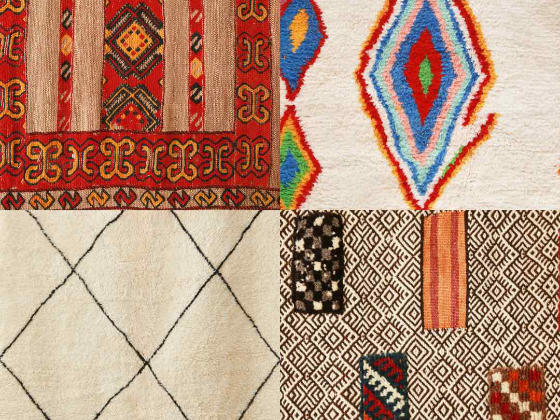
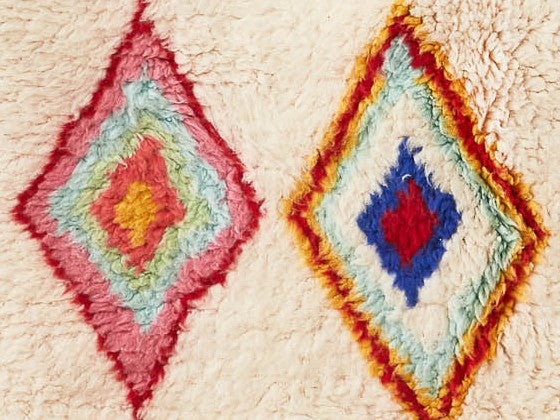
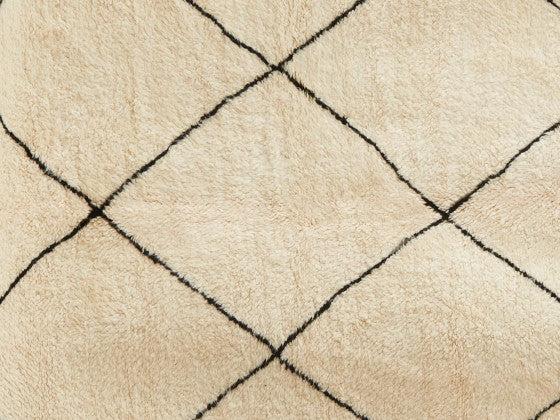
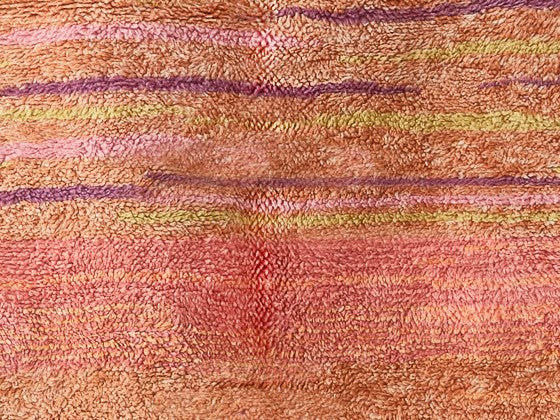
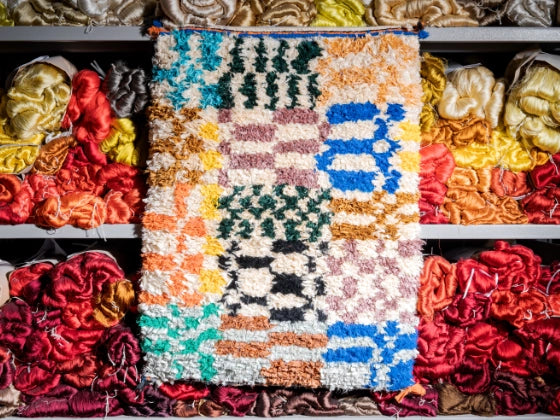
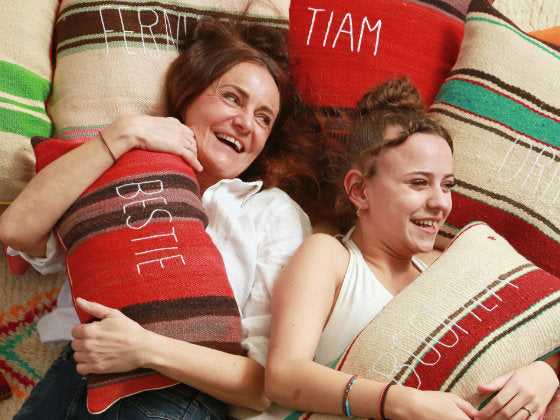
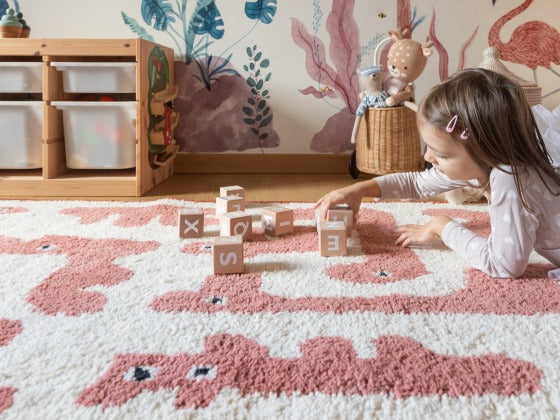
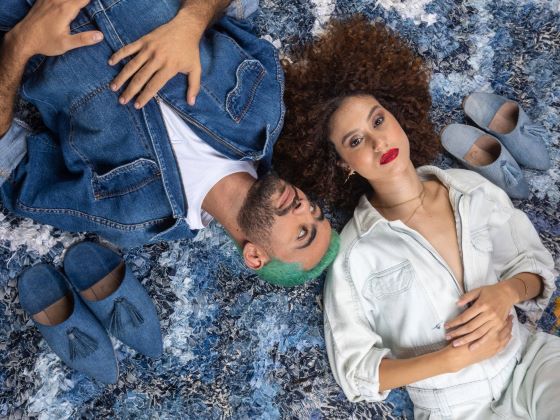
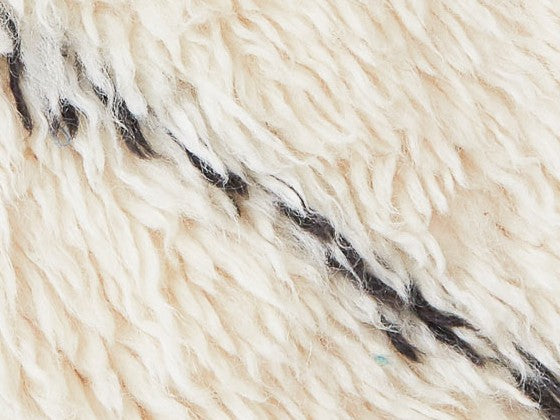
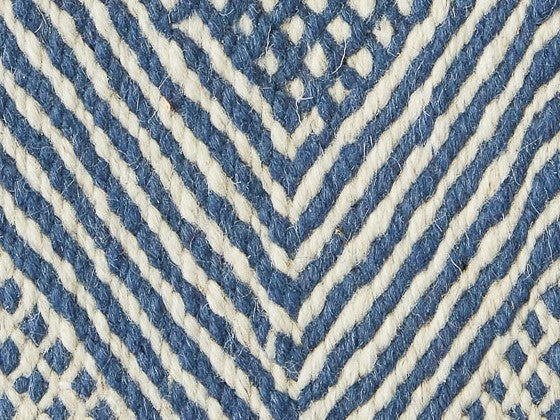
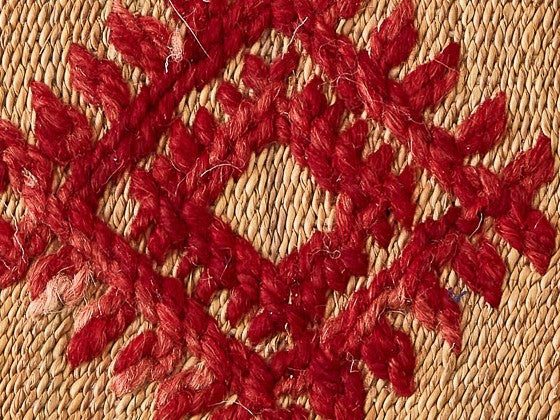
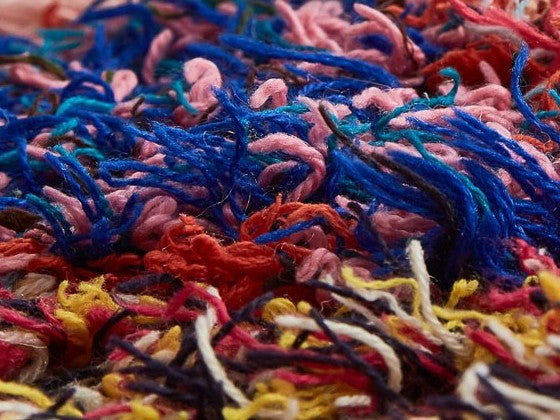
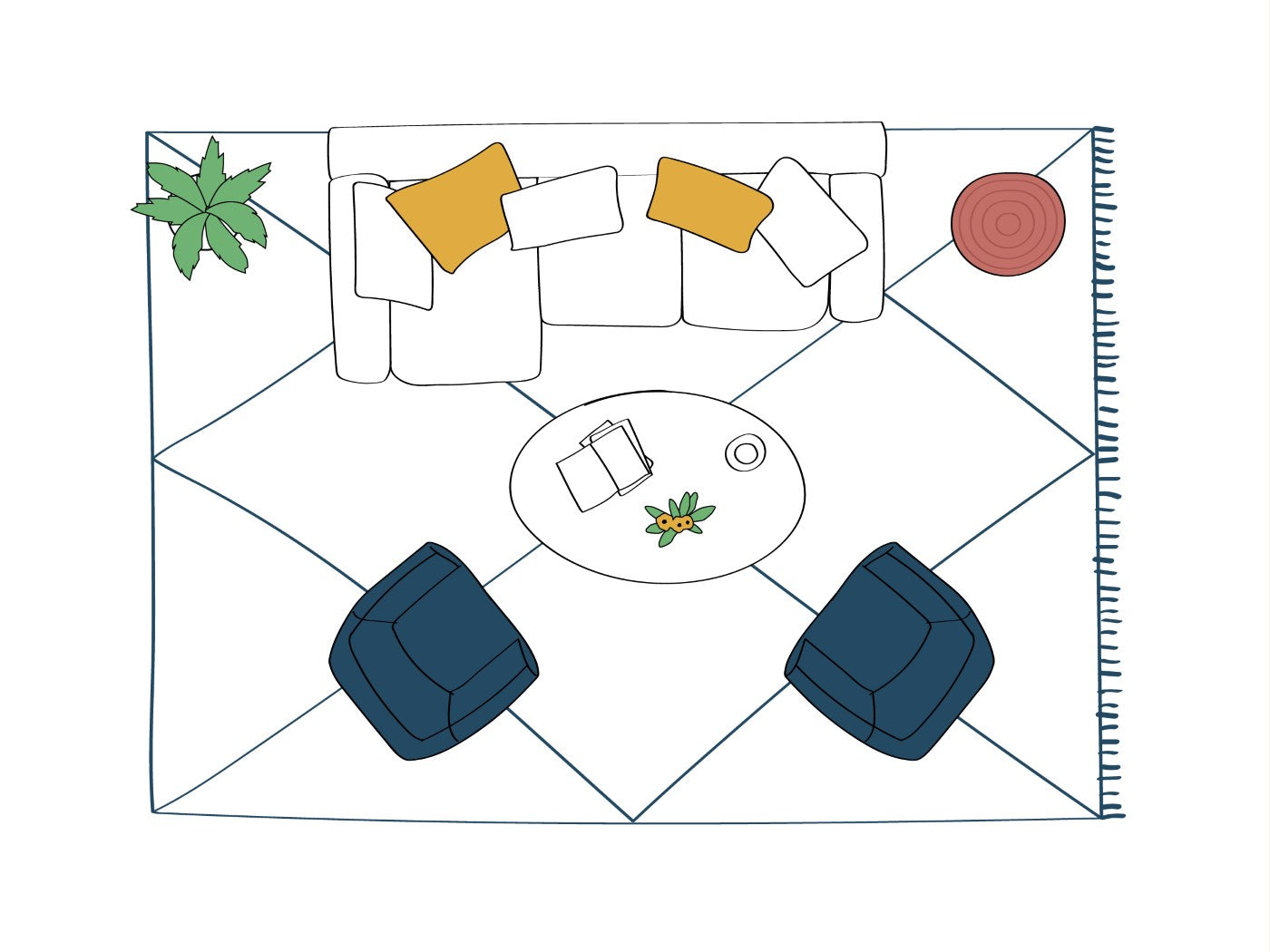

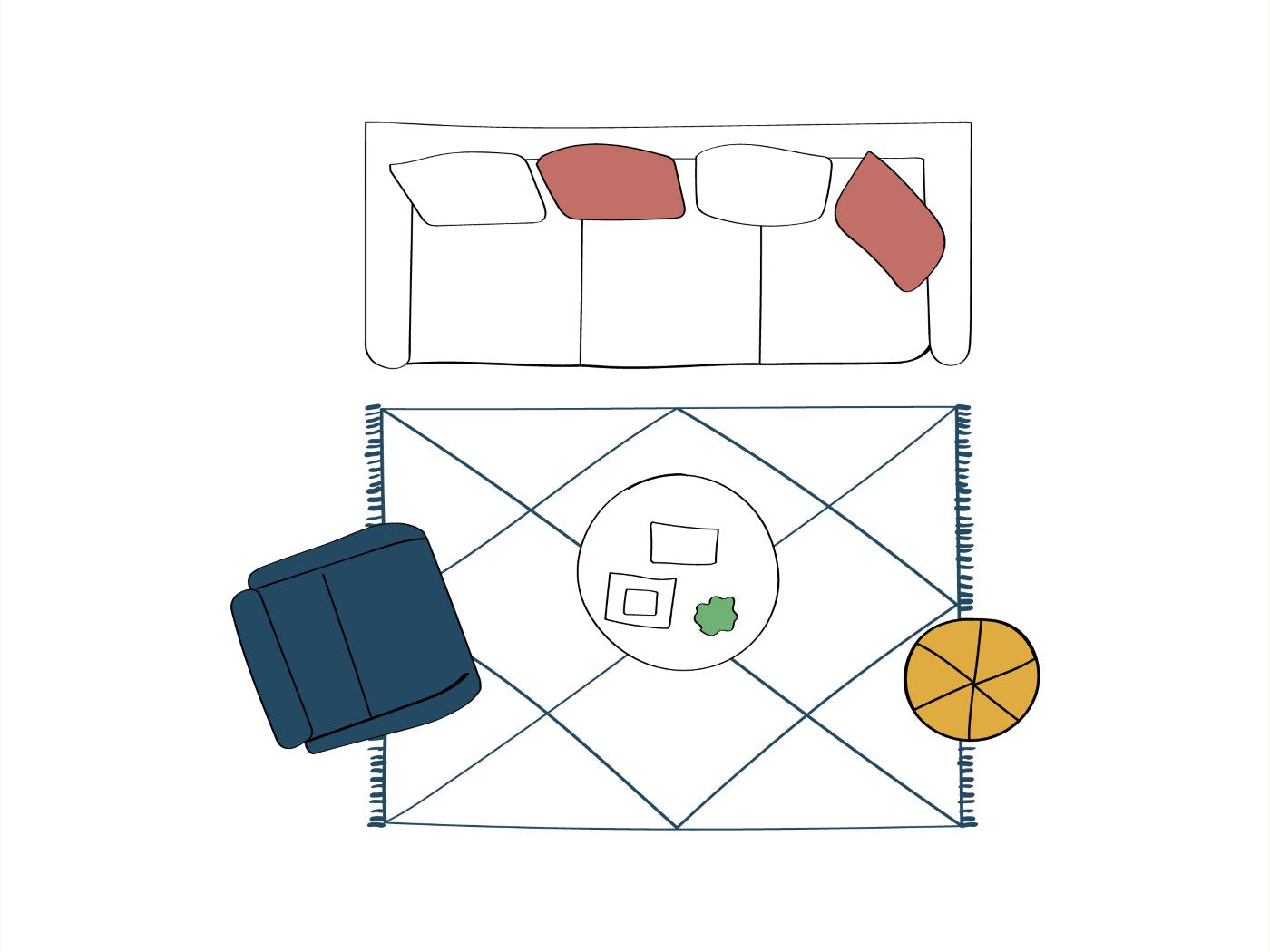
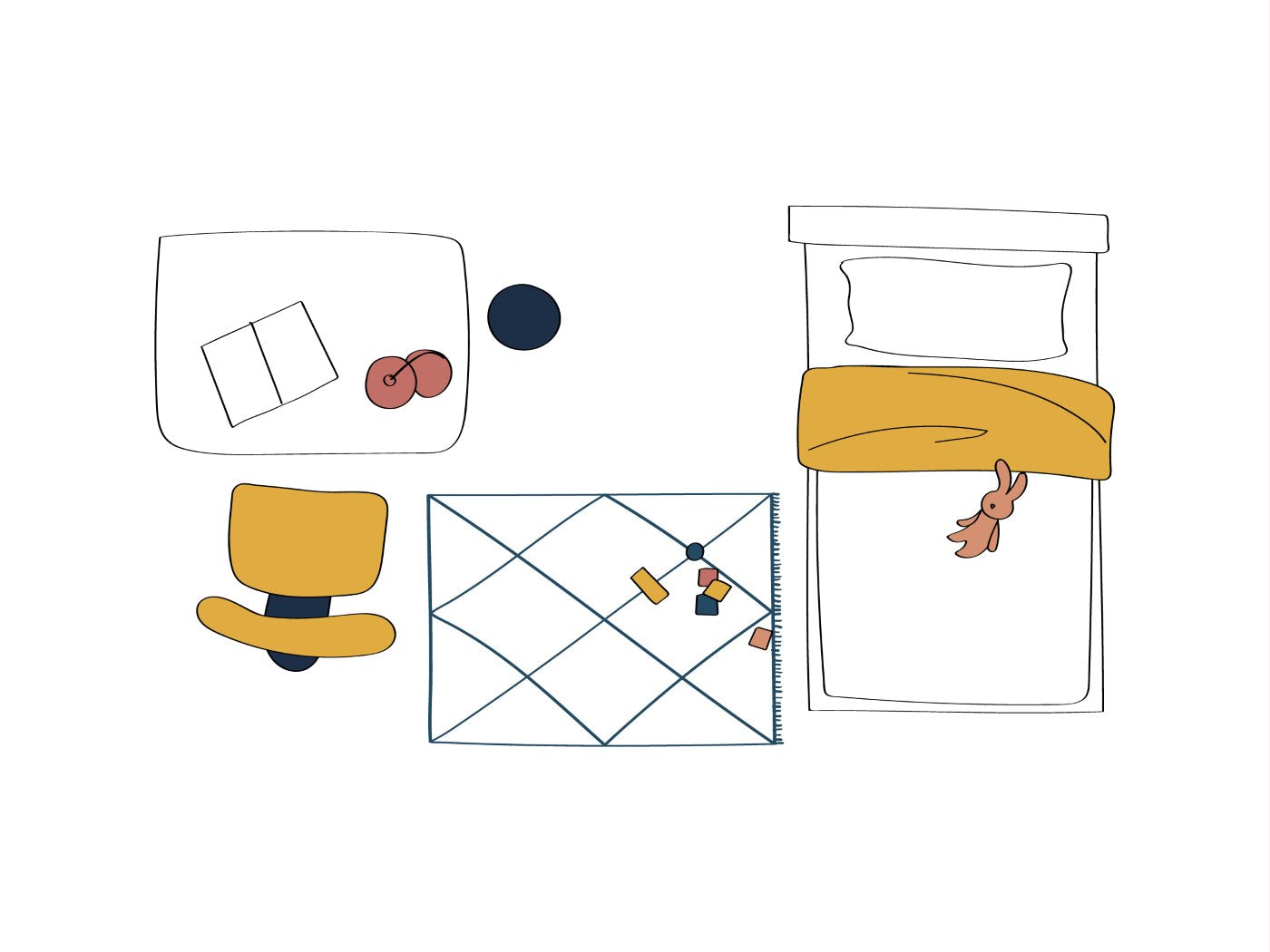
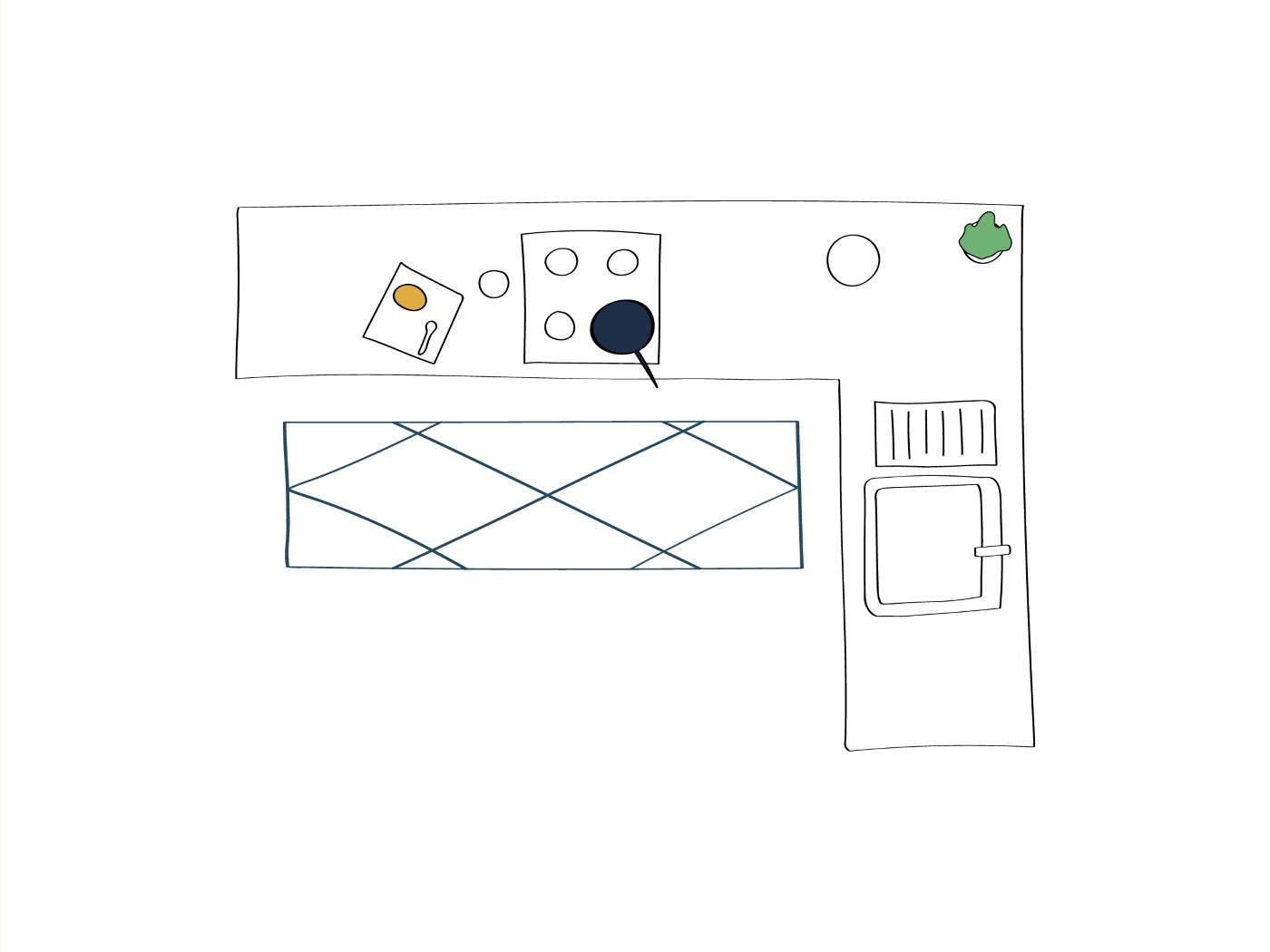
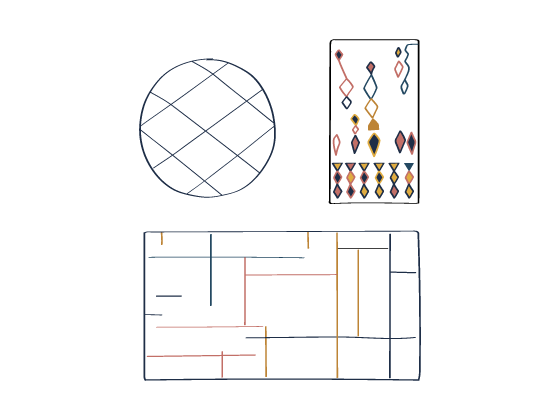
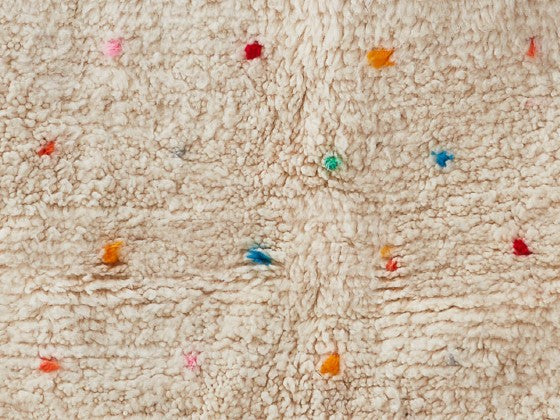
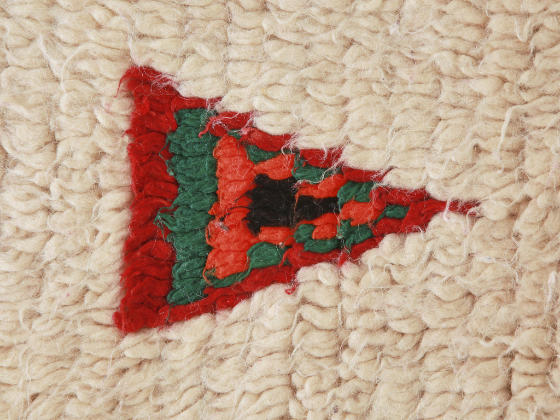
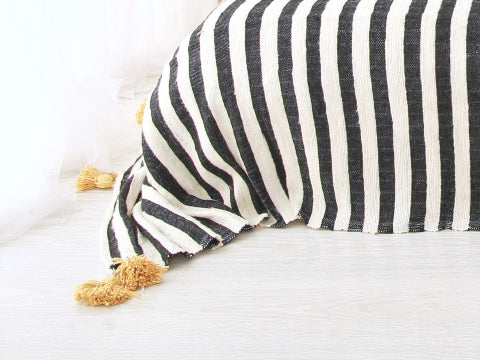
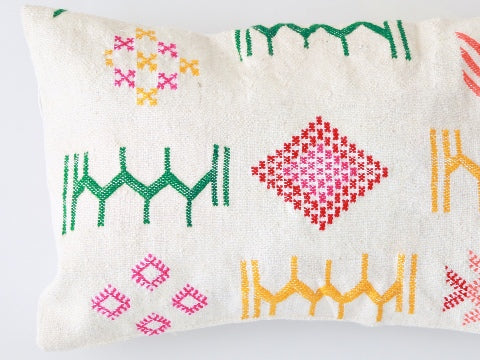
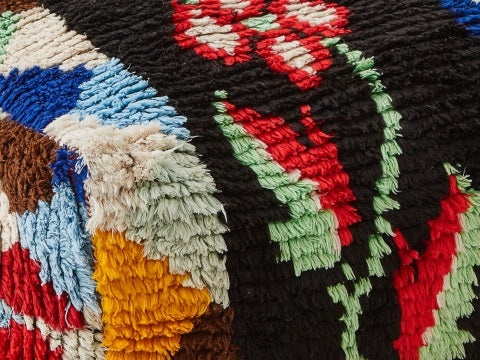
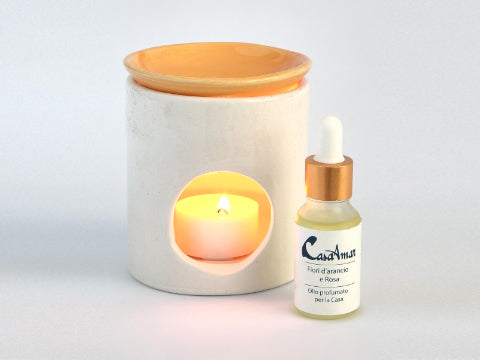
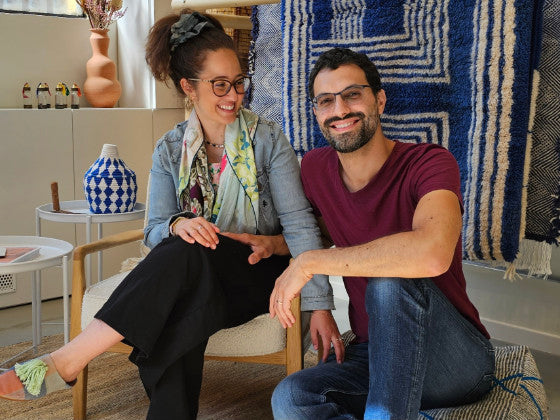
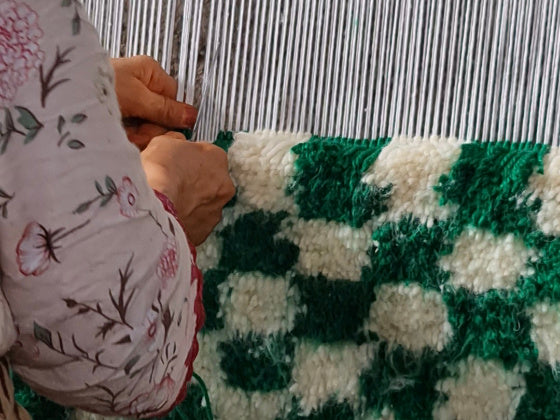
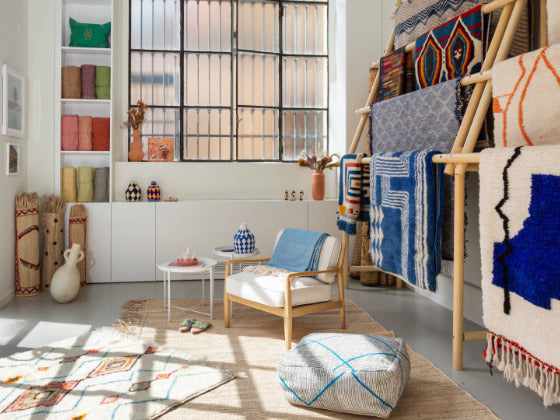
![Libri sui tappeti orientali e marocchini [bibliografia essenziale per design lovers]](http://casaamar.it/cdn/shop/articles/libro-sul-tappeto_83f3b4f9-1bcb-4883-9b11-ef5a7439c234.jpg?v=1762967580&width=1500)
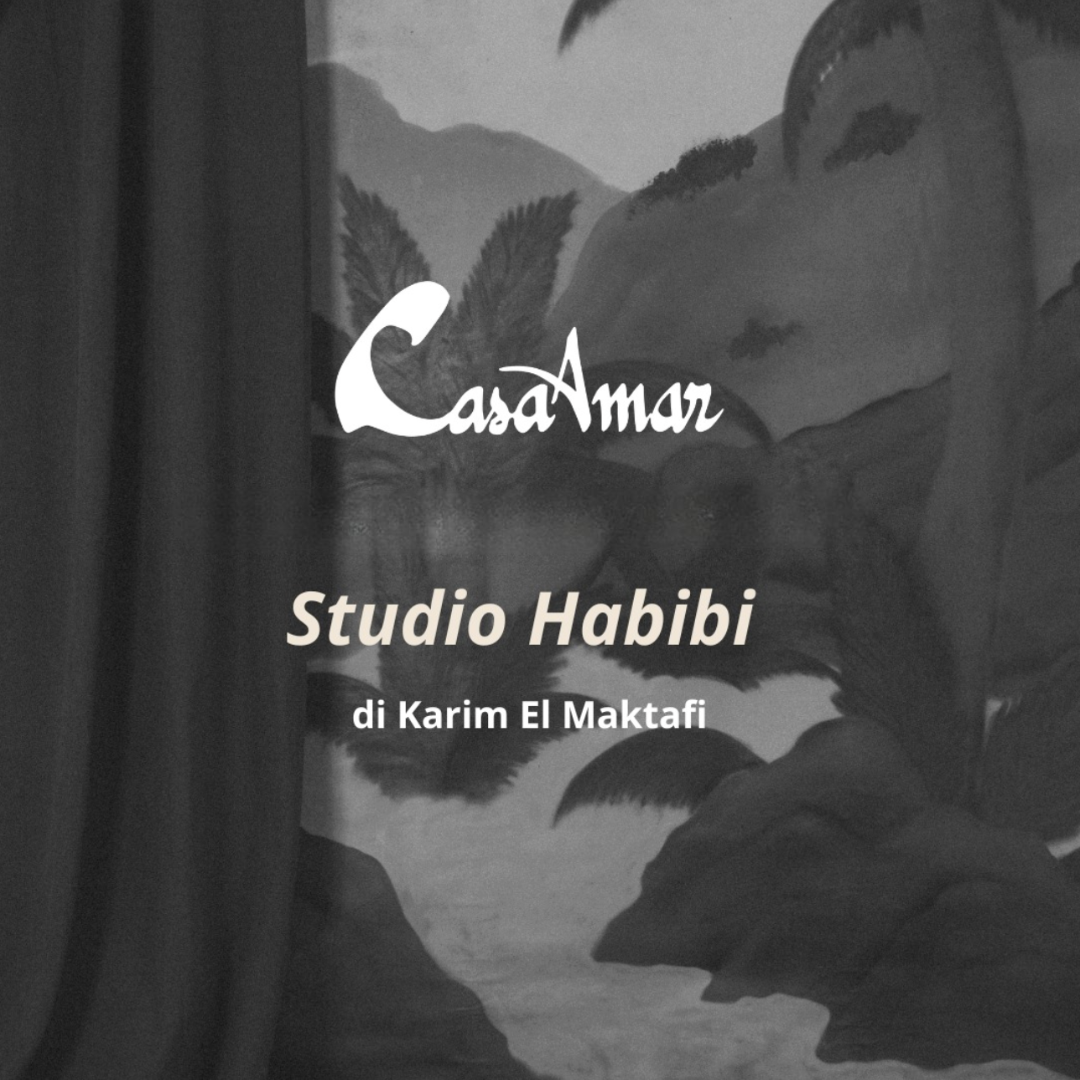
![Come posizionare i tappeti in casa [con esempi pratici stanza per stanza]](http://casaamar.it/cdn/shop/articles/tappeto-salotto-divano-moderno_6edbdebb-c3c3-4843-9831-ca971137a52e.jpg?v=1759833613&width=2048)
